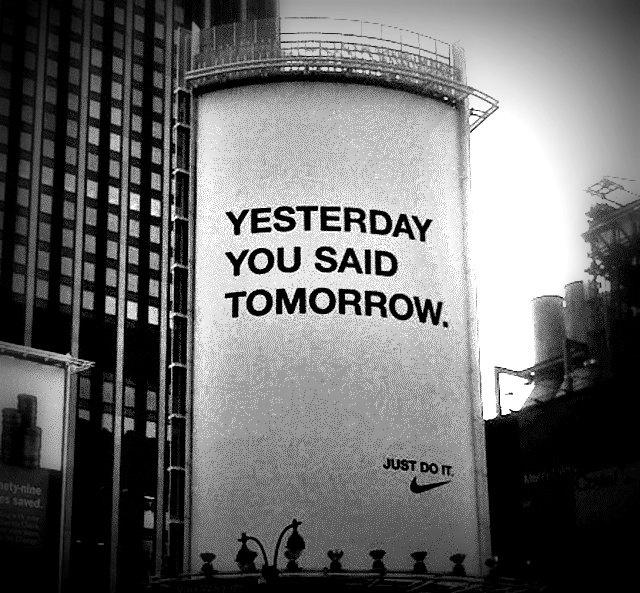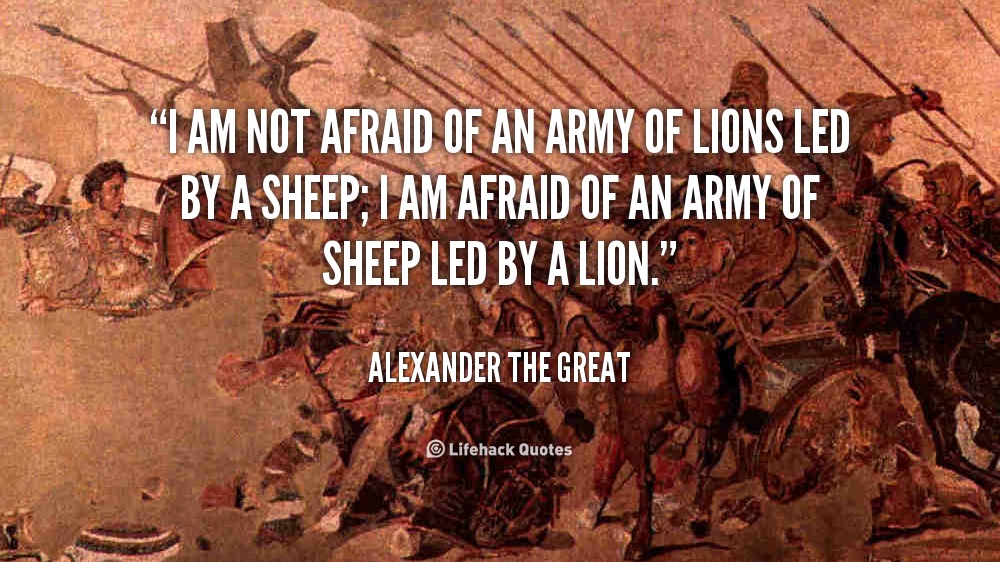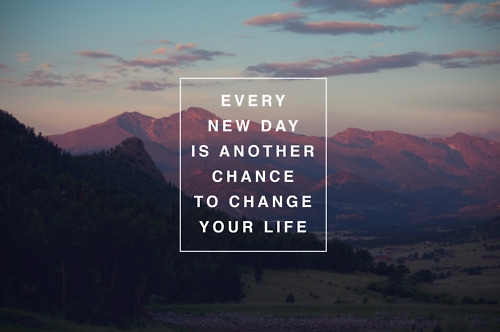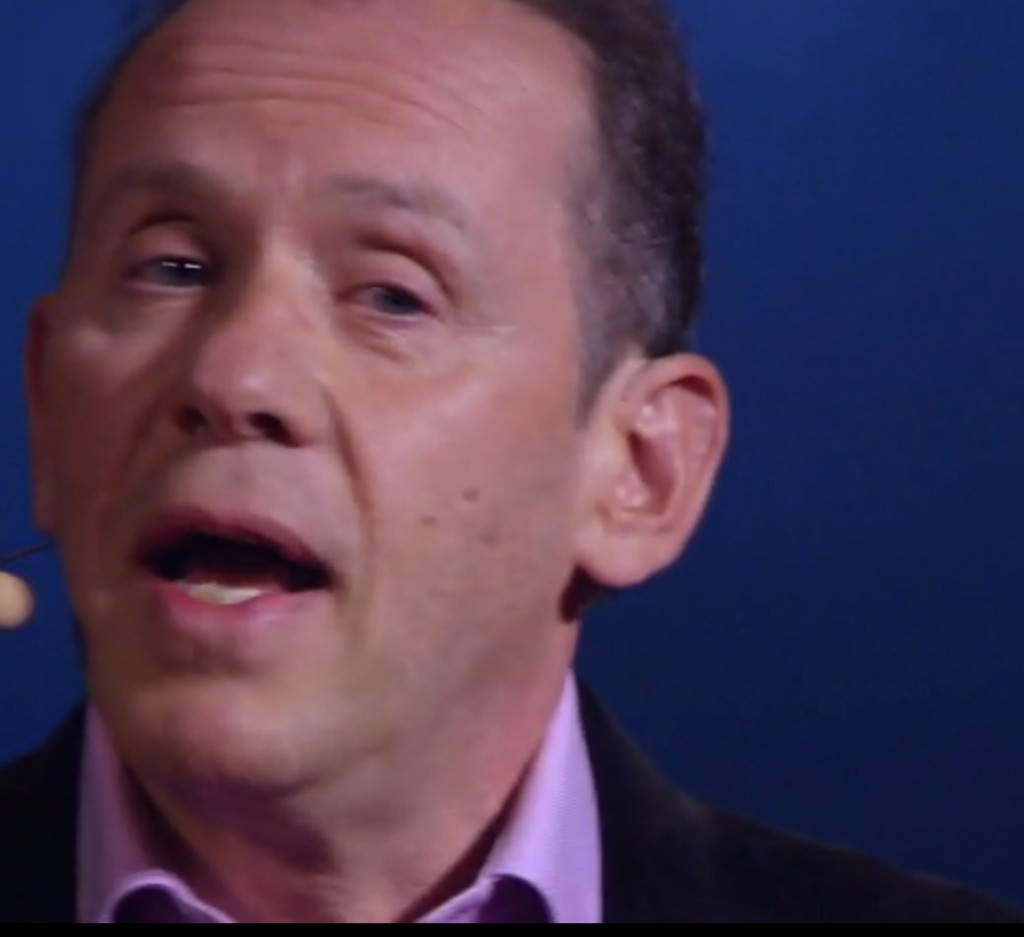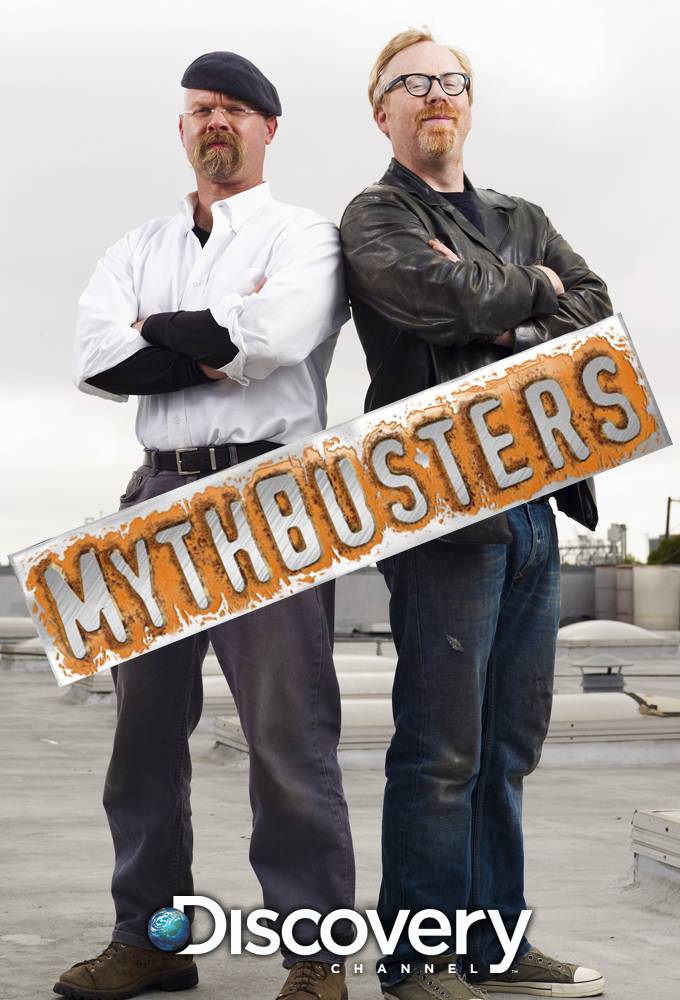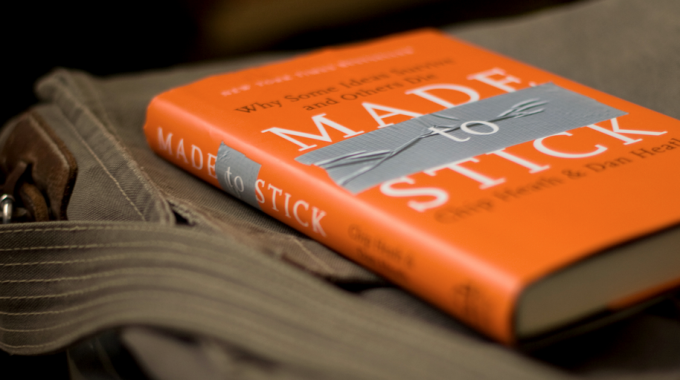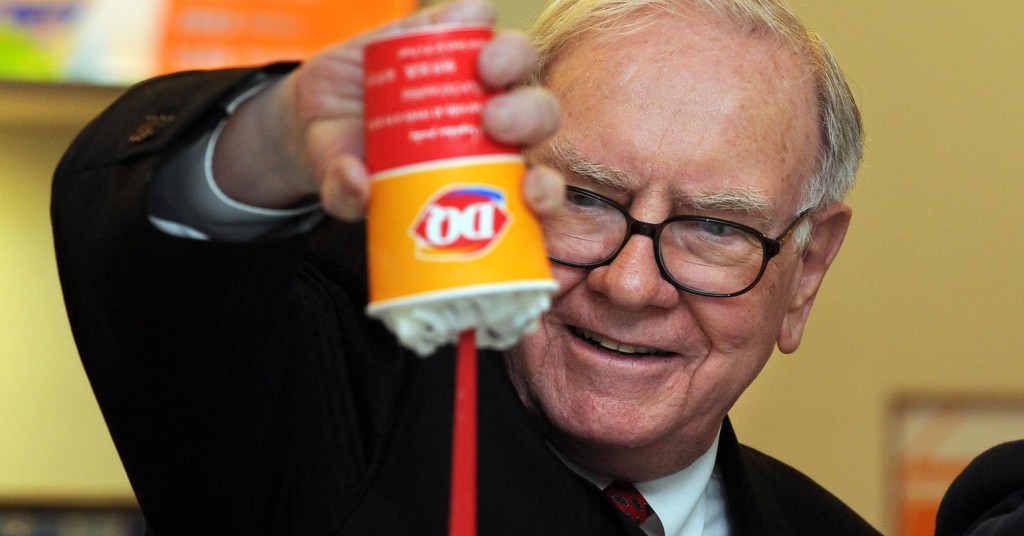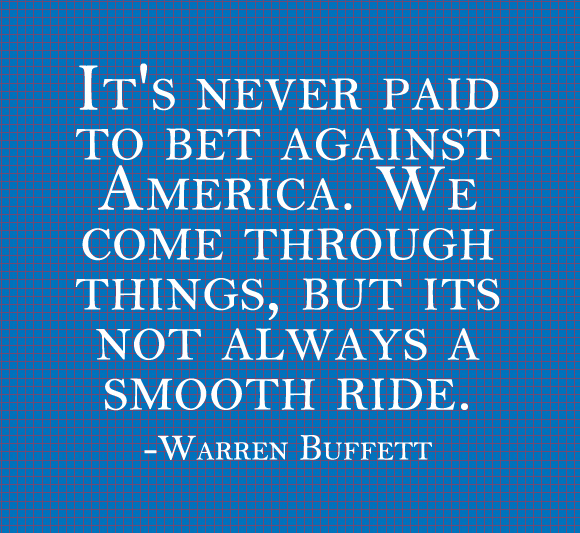I continue to believe people don’t see the wonder and advancement in the world because short term “bad news” stories overwhelm the long-term stories of progress and hope. Below is a great article that appeared in the USA Today. I have recreated it here, because I suspect that the USA Today doesn’t keep articles around for the long-term, and this story should remain available 10, 20, or even 50 years from now.
I.M. Optimism Man
Here is a link to the USA Today article. We will see how long it works.
50 reasons why this is the greatest time ever
Originally published in the USA Today
by Morgan Housel, The Motley Fool 11:44 a.m. EST February 2, 2014
I recently talked to a doctor who retired after a 30-year career. I asked him how much medicine had changed during the three decades he practiced. “Oh, tremendously,” he said. He listed off a dozen examples. Deaths from heart disease and stroke are way down. Cancer survival rates are way up. We’re better at diagnosing, treating, preventing, and curing disease than ever before.
Consider this: In 1900, 1% of American women giving birth died in labor. Today, the five-year mortality rate for localized breast cancer is 1.2%. Being pregnant 100 years ago was almost as dangerous as having breast cancer is today.
The problem, the doctor said, is that these advances happen slowly over time, so you probably don’t hear about them. If cancer survival rates improve, say, 1% per year, any given year’s progress looks low, but over three decades, extraordinary progress is made.
Compare health-care improvements with the stuff that gets talked about in the news — NBC anchor Andrea Mitchell interrupted a Congresswoman last week to announce Justin Bieber’s arrest — and you can understand why Americans aren’t optimistic about the country’s direction. We ignore the really important news because it happens slowly, but we obsess over trivial news because it happens all day long.
Expanding on my belief that everything is amazing and nobody is happy, here are 50 facts that show we’re actually living through the greatest period in world history.
1. U.S. life expectancy at birth was 39 years in 1800, 49 years in 1900, 68 years in 1950, and 79 years today. The average newborn today can expect to live an entire generation longer than his great-grandparents could.

2. A flu pandemic in 1918 infected 500 million people and killed as many as 100 million. In his book The Great Influenza, John Barry describes the illness as if “someone were hammering a wedge into your skull just behind the eyes, and body aches so intense they felt like bones breaking.” Today, you can go to Safeway and get a flu shot. It costs 15 bucks. You might feel a little poke.
3. In 1950, 23 people per 100,000 Americans died each year in traffic accidents, according to the Census Bureau. That fell to 11 per 100,000 by 2009. If the traffic mortality rate had not declined, 37,800 more Americans would have died last year than actually did. In the time it will take you to read this article, one American is alive who would have died in a car accident 60 years ago.
4. In 1949, Popular Mechanics magazine made the bold prediction that someday a computer could weigh less than 1 ton. I wrote this sentence on an iPad that weighs 0.73 pounds.
5. The average American now retires at age 62. One hundred years ago, the average American died at age 51. Enjoy your golden years — your ancestors didn’t get any of them.
6. In his 1770s book The Wealth of Nations, Adam Smith wrote: “It is not uncommon in the highlands of Scotland for a mother who has borne 20 children not to have 2 alive.” Infant mortality in America has dropped from 58 per 1,000 births in 1933 to less than six per 1,000 births in 2010, according to the World Health Organization. There are about 11,000 births in America each day, so this improvement means more than 200,000 infants now survive each year who wouldn’t have 80 years ago. That’s like adding a city the size of Boise, Idaho, every year.
7. America averaged 20,919 murders per year in the 1990s, and 16,211 per year in the 2000s, according to the FBI. If the murder rate had not fallen, 47,000 more Americans would have been killed in the last decade than actually were. That’s more than the population of Biloxi, Miss.
8. Despite a surge in airline travel, there were half as many fatal plane accidents in 2012 than there were in 1960, according to the Aviation Safety Network.

9. No one has died from a new nuclear weapon attack since 1945. If you went back to 1950 and asked the world’s smartest political scientists, they would have told you the odds of seeing that happen would be close to 0%. You don’t have to be very imaginative to think that the most important news story of the past 70 years is what didn’t happen. Congratulations, world.
10. People worry that the U.S. economy will end up stagnant like Japan’s. Next time you hear that, remember that unemployment in Japan hasn’t been above 5.6% in the past 25 years, its government corruption ranking has consistently improved, incomes per capita adjusted for purchasing power have grown at a decent rate, and life expectancy has risen by nearly five years. I can think of worse scenarios.
11. Two percent of American homes had electricity in 1900. J.P Morgan (the man) was one of the first to install electricity in his home, and it required a private power plant on his property. Even by 1950, close to 30% of American homes didn’t have electricity. It wasn’t until the 1970s that virtually all homes were powered. Adjusted for wage growth, electricity cost more than 10 times as much in 1900 as it does today, according to professor Julian Simon.
12. According to the Federal Reserve, the number of lifetime years spent in leisure — retirement plus time off during your working years — rose from 11 years in 1870 to 35 years by 1990. Given the rise in life expectancy, it’s probably close to 40 years today. Which is amazing: The average American spends nearly half his life in leisure. If you had told this to the average American 100 years ago, that person would have considered you wealthy beyond imagination.
13. We are having a national discussion about whether a $7.25-per-hour minimum wage is too low. But even adjusted for inflation, the minimum wage was less than $4 per hour as recently as the late 1940s. The top 1% have captured most of the wage growth over the past three decades, but nearly everyone has grown richer — much richer — during the past seven decades.
14. In 1952, 38,000 people contracted polio in America alone, according to the Centers for Disease Control. In 2012, there were fewer than 300 reported cases of polio in the entire world.
15. From 1920 to 1949, an average of 433,000 people died each year globally from “extreme weather events.” That figure has plunged to 27,500 per year, according to Indur Goklany of the International Policy Network, largely thanks to “increases in societies’ collective adaptive capacities.”

16. Worldwide deaths from battle have plunged from 300 per 100,000 people during World War II, to the low teens during the 1970s, to less than 10 in the 1980s, to fewer than one in the 21st century, according to Harvard professor Steven Pinker. “War really is going out of style,” he says.
17. Median household income adjusted for inflation was around $25,000 per year during the 1950s. It’s nearly double that amount today. We have false nostalgia about the prosperity of the 1950s because our definition of what counts as “middle class” has been inflated — see the 34% rise in the size of the median American home in just the past 25 years. If you dig into how the average “prosperous” American family lived in the 1950s, I think you’ll find a standard of living we’d call “poverty” today.
18. Reported rape per 100,000 Americans dropped from 42.3 in 1991 to 27.5 in 2010, according to the FBI. Robbery has dropped from 272 per 100,000 in 1991 to 119 in 2010. There were nearly 4 million fewer property crimes in 2010 than there were in 1991, which is amazing when you consider the U.S. population grew by 60 million during that period.
19. According to the Census Bureau, only one in 10 American homes had air conditioning in 1960. That rose to 49% in 1973, and 89% today — the 11% that don’t are mostly in cold climates. Simple improvements like this have changed our lives in immeasurable ways.
20. Almost no homes had a refrigerator in 1900, according to Frederick Lewis Allan’s The Big Change, let alone a car. Today they sell cars with refrigerators in them.
21. Adjusted for overall inflation, the cost of an average round-trip airline ticket fell 50% from 1978 to 2011, according to Airlines for America.
22. According to the Census Bureau, the average new home now has more bathrooms than occupants.
23. According to the Census Bureau, in 1900 there was one housing unit for every five Americans. Today, there’s one for every three. In 1910 the average home had 1.13 occupants per room. By 1997 it was down to 0.42 occupants per room.
24. According to professor Julian Simon, the average American house or apartment is twice as large as the average house or apartment in Japan, and three times larger than the average home or apartment in Russia.
25. Relative to hourly wages, the cost of an average new car has fallen fourfold since 1915, according to professor Julian Simon.
26. Google Maps is free. If you think about this for a few moments, it’s really astounding. It’s probably the single most useful piece of software ever invented, and it’s free for anyone to use.
27. High school graduation rates are at a 40-year high, according to Education Week.
28. The death rate from strokes has declined by 75% since the 1960s, according to the National Institutes of Health. Death from heart attacks has plunged, too: If the heart attack survival had had not declined since the 1960s, the number of Americans dying each year from heart disease would be more than 1 million higher than it currently is.
29. In 1900, African Americans had an illiteracy rate of nearly 45%, according to the Census Bureau. Today, it’s statistically close to zero.
30. People talk about how expensive college is today, but a century ago fewer than one in 20 Americans ever stepped foot in a university. College wasn’t an option at any price for some minorities because of segregation just six decades ago.
31. The average American work week has declined from 66 hours in 1850, to 51 hours in 1909, to 34.8 today, according to the Federal Reserve. Enjoy your weekend.
32. Incomes have grown so much faster than food prices that the average American household now spends less than half as much of its income on food as it did in the 1950s. Relative to wages, the price of food has declined more than 90% since the 19th century, according to the Bureau of Labor Statistics.
33. As of March 2013, there were 8.99 million millionaire households in the U.S., according to the Spectrum Group. Put them together and they would make the largest city in the country, and the 18th largest city in the world, just behind Tokyo. We talk a lot about wealth concentration in the United States, but it’s not just the very top that has done well.
34. More than 40% of adults smoked in 1965, according to the Centers for Disease Control. By 2011, 19% did.

35. In 1900, 44% of all American jobs were in farming. Today, around 2% are. We’ve become so efficient at the basic need of feeding ourselves that nearly half the population can now work on other stuff.
36. One of the reasons Social Security and Medicare are underfunded is that the average American is living longer than ever before. I think this is literally the best problem to have.

37. In 1940, less than 5% of the adult population held a bachelor’s degree or higher. By 2012, more than 30% did, according to the Census Bureau.
38. U.S. oil production in September was the highest it’s been since 1989, and growth shows no sign of slowing. We produced 57% more oil in America in September 2013 than we did in September 2007. The International Energy Agency projects that America will be the world’s largest oil producer as soon as 2015.
39. The average American car got 13 miles per gallon in 1975, and more than 26 miles per gallon in 2013, according to the Energy Protection Agency. This has an effect identical to cutting the cost of gasoline in half.
40. Annual inflation in the United States hasn’t been above 10% since 1981 and has been below 5% in 77% of years over the past seven decades. When you consider all the hatred directed toward the Federal Reserve, this is astounding.
41. The percentage of Americans age 65 and older who live in poverty has dropped from nearly 30% in 1966 to less than 10% by 2010. For the elderly, the war on poverty has pretty much been won.
42. Adjusted for inflation, the average monthly Social Security benefit for retirees has increased from $378 in 1940 to $1,277 by 2010. What used to be a safety net is now a proper pension.
43. If you think Americans aren’t prepared for retirement today, you should have seen what it was like a century ago. In 1900, 65% of men over age 65 were still in the labor force. By 2010, that figure was down to 22%. The entire concept of retirement is unique to the past few decades. Half a century ago, most Americans worked until they died.
44. From 1920 to 1980, an average of 395 people per 100,000 died from famine worldwide each decade. During the 2000s, that fell to three per 100,000, according to The Economist.
45. The cost of solar panels has declined by 75% since 2008, according to the Department of Energy. Last I checked, the sun is offering its services for free.
46. As recently as 1950, nearly 40% of American homes didn’t have a telephone. Today, there are 500 million Internet-connected devices in America, or enough for 5.7 per household.
47. According to AT&T archives and the Dallas Fed, a three-minute phone call from New York to San Francisco cost $341 in 1915, and $12.66 in 1960, adjusted for inflation. Today, Republic Wireless offers unlimited talk, text, and data for $5 a month.
48. In 1990, the American auto industry produced 7.15 vehicles per auto employee. In 2010 it produced 11.2 vehicles per employee. Manufacturing efficiency has improved dramatically.
49. You need an annual income of $34,000 a year to be in the richest 1% of the world, according to World Bank economist Branko Milanovic’s 2010 book The Haves and the Have-Nots. To be in the top half of the globe you need to earn just $1,225 a year. For the top 20%, it’s $5,000 per year. Enter the top 10% with $12,000 a year. To be included in the top 0.1% requires an annual income of $70,000. America’s poorest are some of the world’s richest.

50. Only 4% of humans get to live in America. Odds are you’re one of them. We’ve got it made. Be thankful.
The Motley Fool is a USA TODAY content partner offering financial news, analysis and commentary designed to help people take control of their financial lives. Its content is produced independently of USA TODAY.










